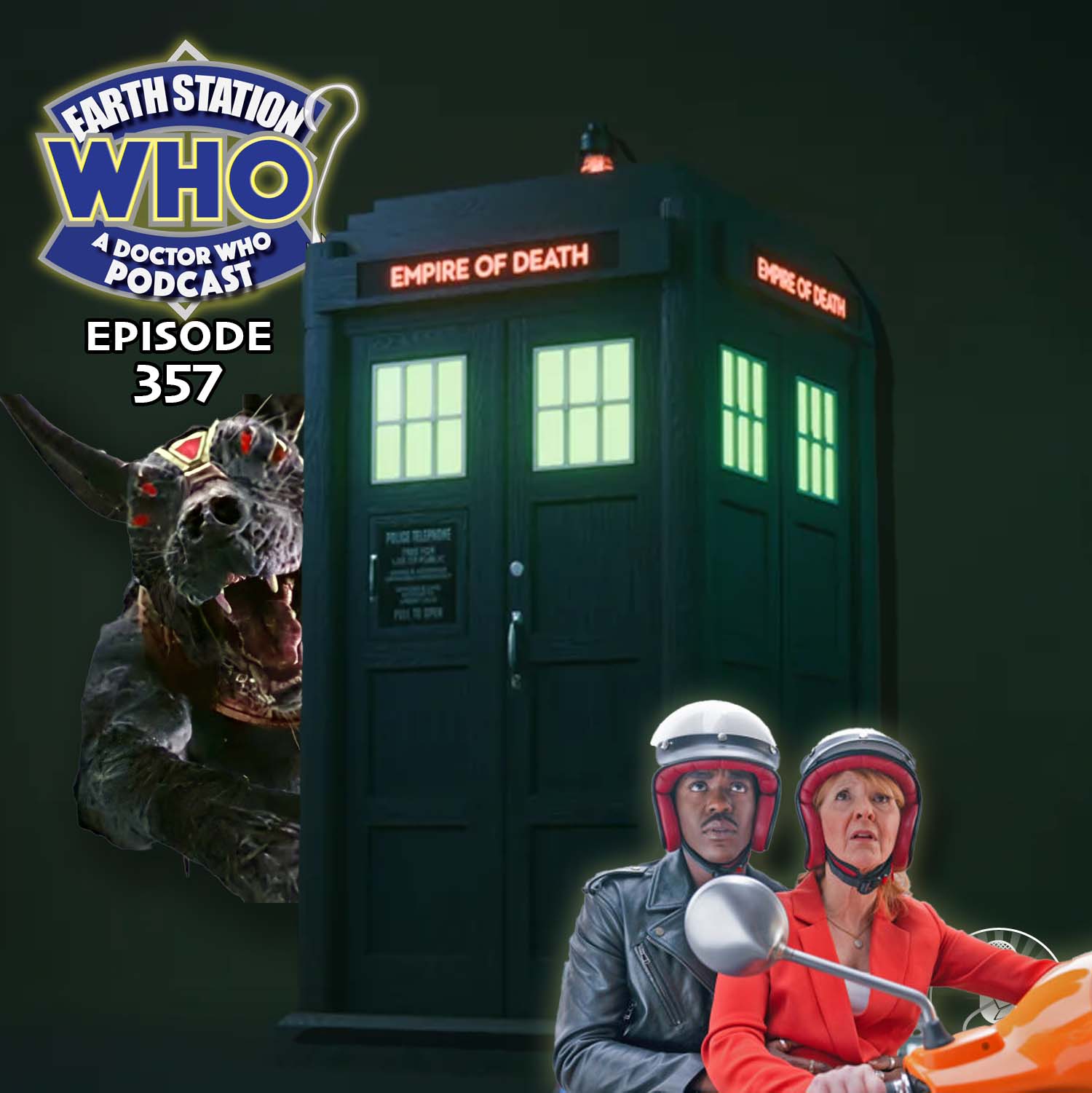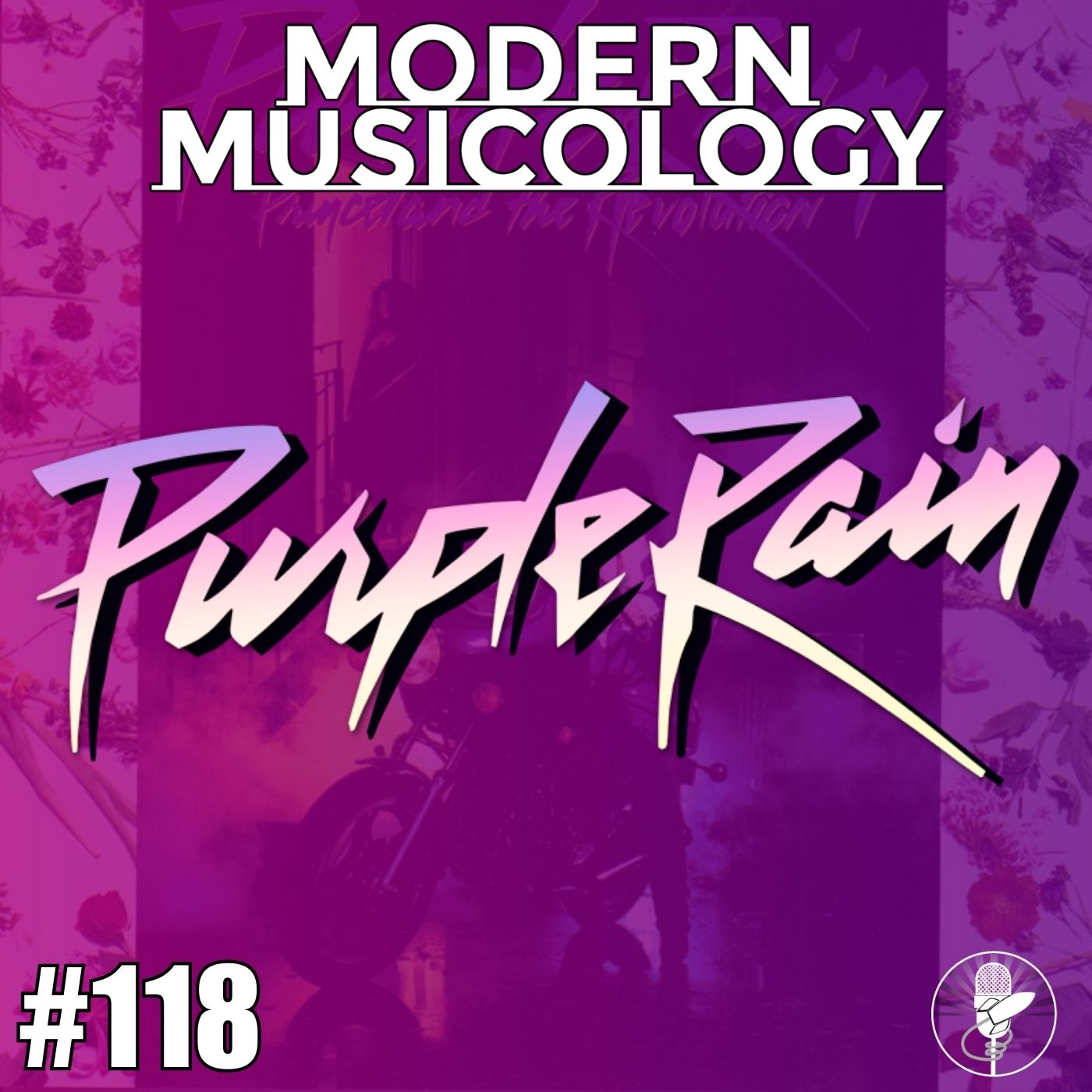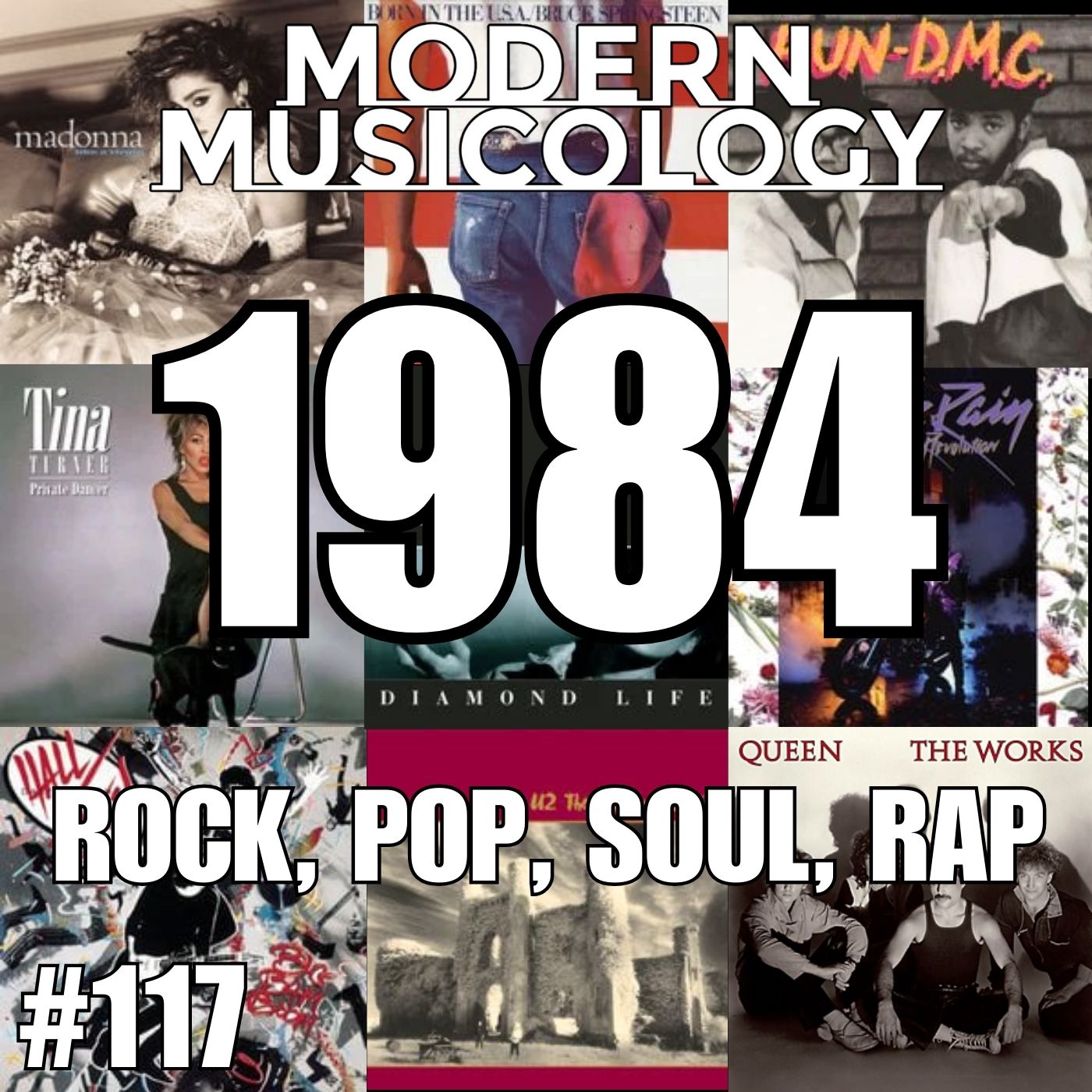The final frontier got a bit more crowded today with NASA’s cosmic discovery of two Earth-size planets. Astronomers monitoring the Kepler spacecraft found the twin orbs, one as big as Earth, the other smaller than Venus, 950 light years away from our solar system.
But don’t pack your bags quite yet—their climate is hot enough to liquefy glass.
These planets, named Kepler 20e and Kepler 20f, are too close to their star, Kepler 20, to be in the habitable zone where liquid water could exist on a planet’s surface, but they’re the smallest exoplanets ever confirmed orbiting around a star like our sun outside the solar system. And since there were previously only two known Earth-size planets in the galaxy—Earth and Venus—that means their number has just doubled..
Both are far outside the “just right” Goldilocks area of a star, where conditions are temperate for life. Kepler 20e is the closest and smaller of the two, with temperatures a toasty 1,400 degrees Fahrenheit, nice for charring cheeseburgers but not exactly pleasant. It’s thought to be extremely volatile with intense volcanic activity, devoid of any atmosphere. Kepler 20f is the more distant planet and is 8,200 miles in diameter, similar to our Earth. Its surface is a little chillier at around 800 degrees. Perfect for a lava snowball contest.
Even though the discovery of an Earth-size planet had long been expected, astronomers everywhere were justifiably orgasmic.
Scientist Geoffrey Marcy, a Kepler team member, called the new result “a watershed moment in human history.”
The Kepler space observatory was launched in 2009 to seek out habitable, Earth-like planets orbiting 145,000 stars by surveying a region within our Milky Way galaxy. Named in honor of 17th-century German astronomer Johannes Kepler, it detects planets by watching for blinks when they move in front of their parent stars. To this date, Kepler has found 2,328 potential planets.
Since gravitational pull of small planets like Earth on their parent star is too small to measure with spectrographs, planet-hunters use a method called Blender, developed by the Harvard-Smithsonian Center for Astrophysics, where millions of computer simulations of background stars attempt to mimic the Kepler signal.
“We are finally there,” said David Charbonneau, an astronomer and team member who made the confirmations.
This discovery in the Kepler 20 system reminds us we’re close to finding a habitable planet to mirror ours in case the need to flee may arise. But what does it all really mean? That Dorothy was right—there’s no place like home.






































































